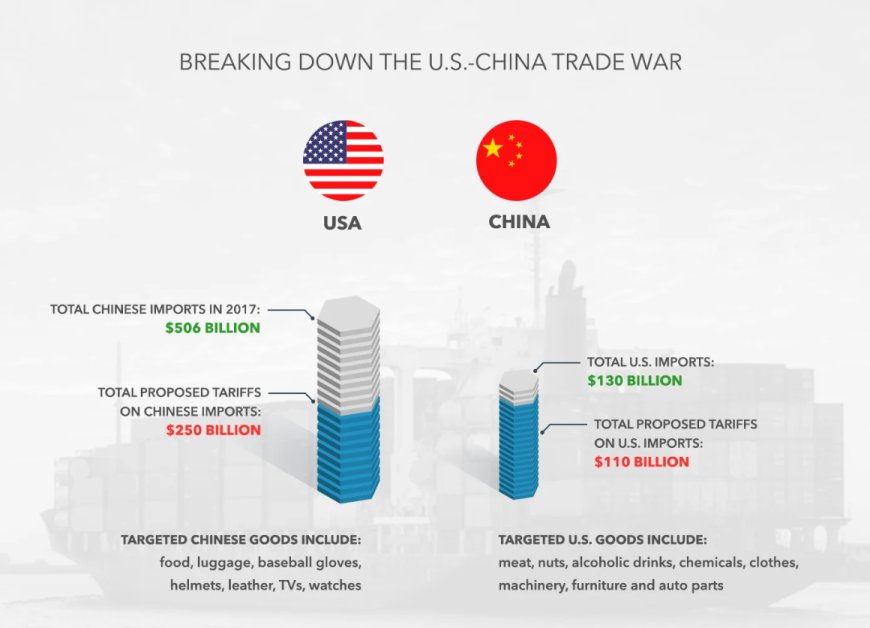Trump's 245% Tariff on China: What It Means for Global Trade and U.S. Economy
Former President Donald Trump’s proposed 245% tariff on Chinese goods has reignited U.S.-China trade tensions. Discover the impact, global reactions, and what this could mean for the economy.

President Donald Trump proposed a major escalation in U.S.-China trade tensions by announcing tariffs that could reach up to 245% on select Chinese imports. This dramatic move has reignited global concerns about protectionism, supply chain disruption, and economic nationalism.
Breaking Down the Tariff
The new tariff structure, according to Trump’s campaign announcement, is a combination of several layers:
-
125% Reciprocal Tariff: In response to what the Trump camp describes as China’s long-standing “predatory tariffs” on U.S. goods.
-
20% Penalty Tariff: Targeting China’s alleged role in the U.S. fentanyl crisis.
-
Up to 100% in Section 301 Tariffs: These are rooted in previous trade investigations over intellectual property theft and unfair trade practices (Reuters).
All these layers are cumulative, meaning affected Chinese goods could be taxed at unprecedented levels, disrupting existing trade flows.

Beijing’s Backlash
China has firmly rejected the tariff threats, calling them irrational and "economic coercion." According to Reuters, officials in Beijing have stated they will not resume trade talks unless the U.S. shows a “mutual respect” approach. China has also hinted at WTO retaliation and increased tariffs on U.S. agricultural and tech exports.
Domestic Response: Legal & Economic Pushback
California Governor Gavin Newsom announced his intention to sue the Trump campaign over the proposed tariffs, arguing that they are unlawful and economically harmful to states heavily dependent on international trade like California (The Times).
Meanwhile, major retailers such as Walmart and tech industry stakeholders have warned of significant price hikes and potential job losses due to supply chain disruptions and increased import costs.
The Global Implications
Trump’s proposed tariffs are seen as part of a broader strategy to decouple the U.S. economy from China, particularly in critical areas like rare earth minerals and advanced semiconductors. However, analysts fear this could backfire, inflating costs domestically while failing to reduce U.S. reliance on Chinese manufacturing in the short term.
Economists also worry about trade instability and a resurgence of a full-scale trade war, similar to what was seen during Trump’s first term. Brookings Institution experts have argued that long-term tariffs may weaken U.S. competitiveness rather than protect it.

What Happens Next?
With China unwilling to budge and the U.S. intensifying its stance, the coming months may define the next decade of global trade policy. Whether this is a strategic negotiation tactic or a shift toward economic isolationism remains to be seen. One thing is clear: the world is watching—and bracing for impact.



 Utej
Utej 





